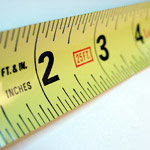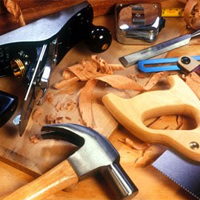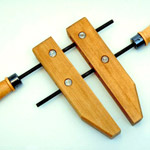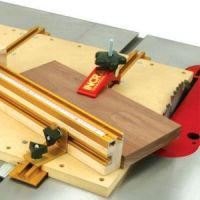Saws Used in Woodworking and Woodcrafting
As discussed in a previous post, there a times to use hand tools, and times to use power tools. I intend to go more in depth into each of the individual tools mentioned below in future posts, but let me start with a general overview of the many types of saws that exist and some of their functions:
Hand Saws
Common multi-use hand saws include a ripsaw for cutting with the grain of the wood, and a crosscut saw for cutting across the grain. You may hear each of these sometimes called a carpenter saw, though there is sometimes a debate as to whether a carpenter’s saw is unique from either of these. A more specialized type of saw, still used for a variety of jobs, is the backsaw. What makes a backsaw unique is that the back edge is reinforced for additional stiffness, offering better control and more precision for cutting dovetails, tenons, and miters. Another type of multipurpose saw is called a utility saw, which often has a blade configuration to cut on both the push and pull strokes. A coping saw is designed to be used to cut away extra material where two pieces will meet at a complex angle, such as in framing or molding, but is also often used to cut an interior shape out of wood by removing the blade and passing it through a pilot hole, then re-attaching the blade to cut out the shape, which is actually what a keyhole saw is designed to do. A compass saw has a narrow triangular blade for cutting curves. An aggress saw has an aggressive tooth configuration intended to remove a lot of material quickly. A door jam saw is used to cut away the base of a door jam or other obstacle to allow flooring to fit underneath. Although usually used to cut metals, a hacksaw is occasionally used (with the right blade) to cut things like wooden dowels. While most saws are designed to cut on the push stroke, some saws, called pull saws, are designed to cut on the pull stroke, while still others cut on both the push and pull strokes.
Power Saws
Probably the most common power saw is the circular saw, with different blade tooth configurations for cutting various materials, both with and against the grain. These blades, or similar, can also be mounted in a chop saw, used for doing exactly that, chopping a piece of wood, a miter saw, used for cutting complex or compound angles, or a table saw, where the saw remains stationary and the material being cut is fed through it. Some table saws can also stack multiple blades together, possibly with spacers, in what’s called a stacked dado configuration. These are usually for making a wide grove in one surface that is not intended to penetrate all the way to the opposite surface. A band saw is a long looped blade that moves continuously in one direction, usually over a pair of wheels, and therefore often delivers a nice, clean, consistent cut. All of these saws are available in a variety of sizes and configurations, some of which are more portable than others. Power saws for hand use include the reciprocating saw, a good multi-use tool with a variety of blades available, and a jigsaw, a power tool used for hand cutting that includes curves or complex shapes, possibly including a bevel where the blade is not perpendicular to the surface. Occasionally, woodworkers misuse the term scroll saw when they mean jigsaw. A scroll saw is actually a blade mounted between two arms, one above and one below the work surface, keeping constant tension on the blade and resulting in a cleaner cut than a jigsaw can accomplish.
Again, look for more detail in future posts on each of these types of saws.



